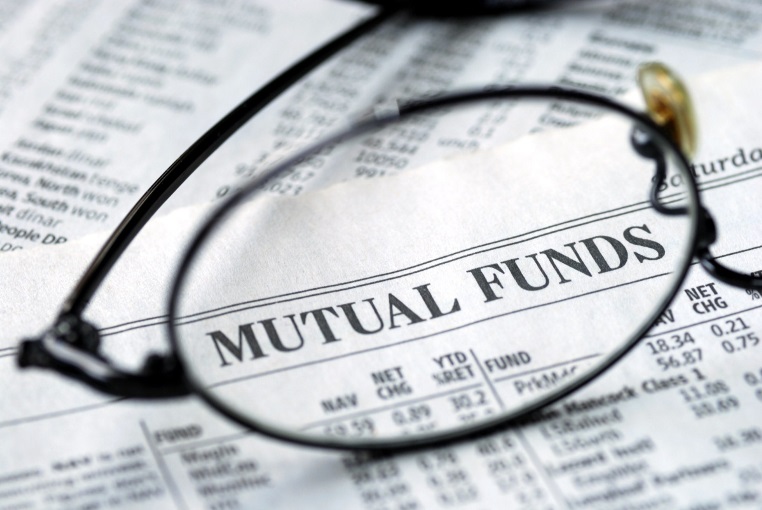Convertible and Non Convertible Debenture are a kind of debt instrument. They act on the same line like a bond. Usually companies or sometime government comes with the debentures. If they want to borrow money from the public they usually come with the debentures.
Difference between Bonds and Debentures: The basic difference between bonds and debentures is that bonds are backed by some assets whereas debentures are backed by no assets. No collateral or physical assets like gold or property back against these debentures. In short debentures are backed by or relied on the companies or government credit worthiness and reputation.
Normally two type of debentures exits in the market:
1.) Convertible Debentures: These can be converted into company stocks and this option lies in hands of the holder of the debentures.
2.) Non Convertible Debentures: These cannot be converted into the company stocks.
Lets have a look on the key points of difference between these two type of debentures w.r.t. some attributes cited below:
a.) Interest Rate: Convertible debenture posses lesser interest rate as the holder has advantage of converting them into the company shares whereas Non convertible debenture does not hold any such advantage so they usually come with higher interest rate. Usually non convertible debentures are treated little risky then bonds and convertible debenture.
b.) Risk: As stated above convertible debenture comes with lesser risk than non convertible debenture. There might be time when economy is in trouble and company is not able to pay interest or defaults in making payment of interest then by having convertible debenture you can convert your debenture into the shares of the company. Usually shares trade at higher value than the convertible debenture. After conversion, they act like any other shares and can be traded in the market for either profit or to cut losses.
Non convertible debenture hold higher risk as in the bad market these debenture might get default. Holders have only one choice as to hold it till maturity and if company defaults in making payment of debenture then this directly shows the company is bankrupt. In this case, the holder can seizes proportionate assets of the issuer.
There are some debenture which are a mix of convertible and non convertible. They are called as partially convertible debenture. In this case, the issuing company can dictate the percentages of the debentures which may or may not be converted into company stock.
One more interesting feature is associated with convertible debenture: Callable and Puttable debentures. In the case of callable debenture, the issuing company any time can call the debenture for buyback and pay back to the holders. Whereas in the puttable the holder can any time ask issuing company for payment of the principal amount by redeeming the debenture.
Make sure you receive all the details from the issuer of the debentures, the nature of its convertibility and the risk percentages involved before investing in a debenture.
I-frame code:









